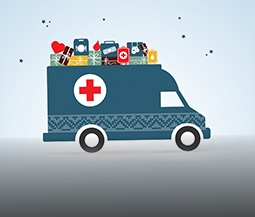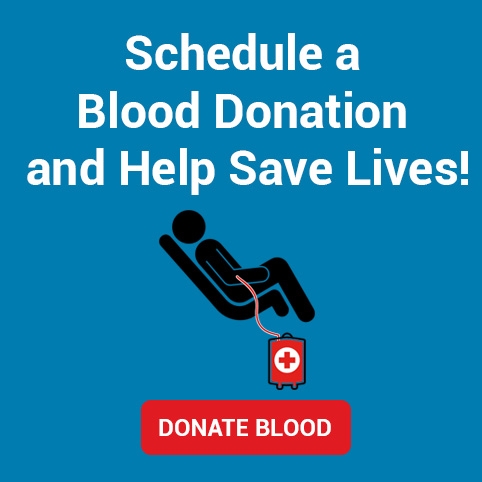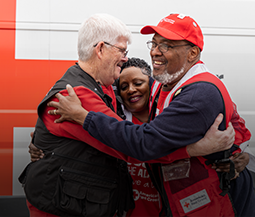Extremely dry conditions and strong winds are fueling wildfires on both the East and West Coasts and the American Red Cross is working with state and local officials to help people living in the paths of these fires.
The Mountain Fire in Southern California has been burning since last week. Fueled by Santa Ana Winds, the fire has burned more than 20,000 acres and is 31% contained. CalFire reports the blaze threatens more than 6,000 structures, adding that as many as 168 structures have already been destroyed.
On the East Coast, the Jennings Creek Fire near the border of New York and New Jersey has scorched more than 2,500 acres and is 0% contained. The fire is one of several burning across the region, affecting the air quality with children and older adults advised to spend more time indoors. In addition, New York City is experiencing its first drought watch in more than 20 years as well as an unusually high number of small wildfires – 120 fires in just ten days.
Red Cross disaster teams are working with partners and officials to ensure people get the help they need and supporting first responders with food and water.
WILDFIRE SAFETY
It is critical that those in at risk areas listen to the advice of local authorities and evacuate immediately if asked to do so.
Know where you will go, how you will get there and where you will stay. Plan well in advance if you’ll need help leaving or use public transportation.
If you have a car, ensure the gas tank is full and park it facing the direction of your evacuation route.
Keep your pets in one room so you can find them if you need to evacuate quickly.
Monitor local weather and fires near you. Sign up for free emergency alerts from your local government. Stay up to date on evacuation routes and road closures that could impact your plans.
If you feel you are in danger leave immediately. You might not get an official notice to evacuate.
Download the free Red Cross Emergency app for real-time weather alerts, open shelter locations and expert advice in both English and Spanish. Search “American Red Cross” in app stores or go to redcross.org/apps.
You can find more wildfire safety information here.
WILDFIRE PREVENTION Sadly, people cause 85% of wildfires by burning debris, using equipment improperly, discarding cigarettes carelessly, leaving campfires unattended or intentionally setting a fire. To help prevent wildfires, follow these critical tips:
Don’t drive your vehicle onto dry grass or brush. Hot components under your vehicle can spark fires.
Use equipment responsibly. Lawn mowers, chain saws, tractors and trimmers can all spark a wildfire.
Use caution any time you use fire. Dispose of charcoal briquettes and fireplace ashes properly, never leave any outdoor fire unattended, and make sure that outdoor fires are fully extinguished before leaving the area.
If residential debris burning is allowed — use caution. After obtaining any necessary permits, ensure that burning is not currently restricted in your area.
Store combustible or flammable materials in approved safety containers away from the house.
CLIMATE CRISIS Changes in our climate have caused warmer, drier conditions, leading to longer wildfire seasons. People cause the majority of wildfires and the warmer temperatures and dry vegetation help the fires spread and make them harder to put out. Nationally, the country has seen more than 48,000 wildfires, burning more than 8.1 million acres. Find out more about the Red Cross and its work on the climate crisis here.












